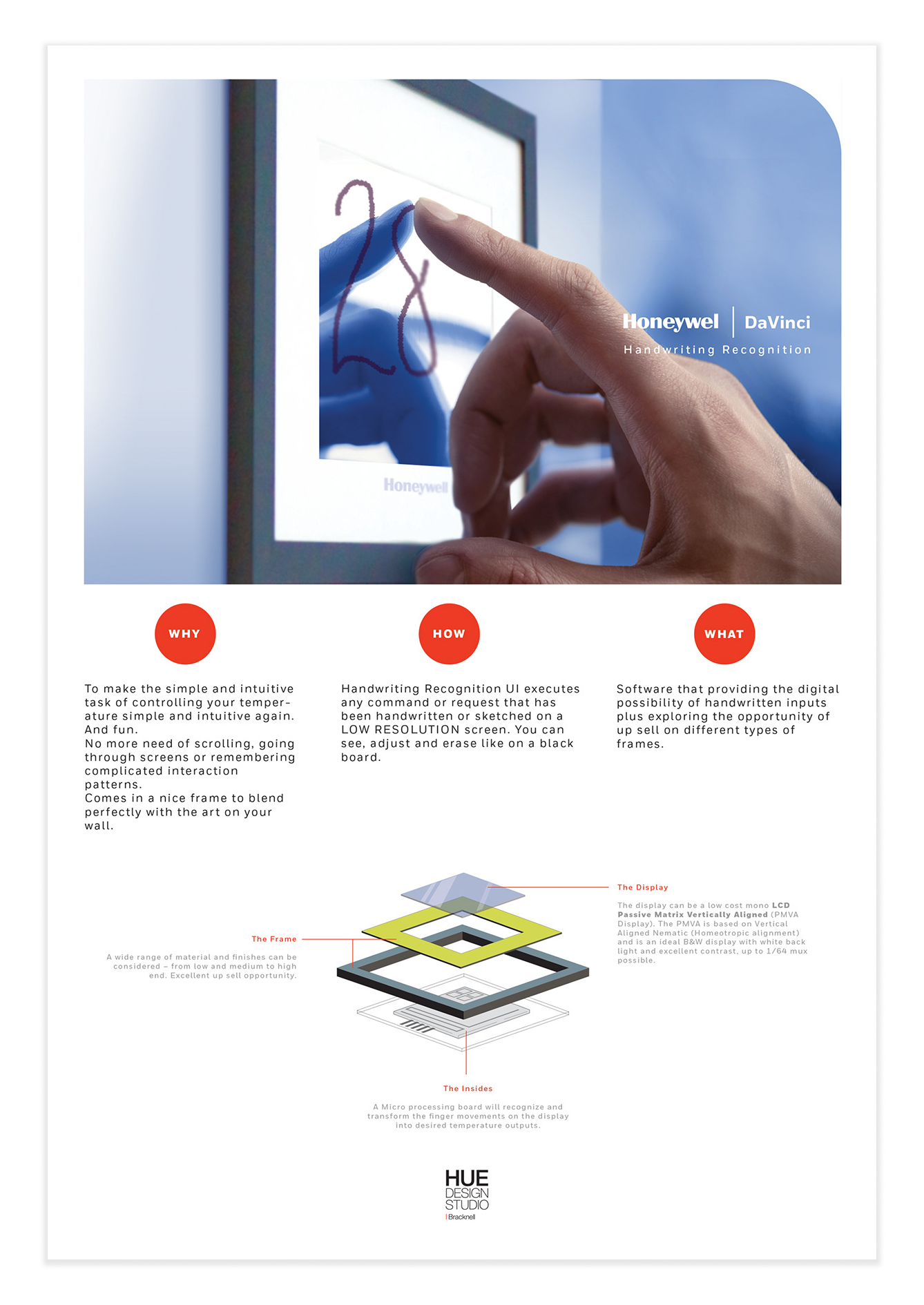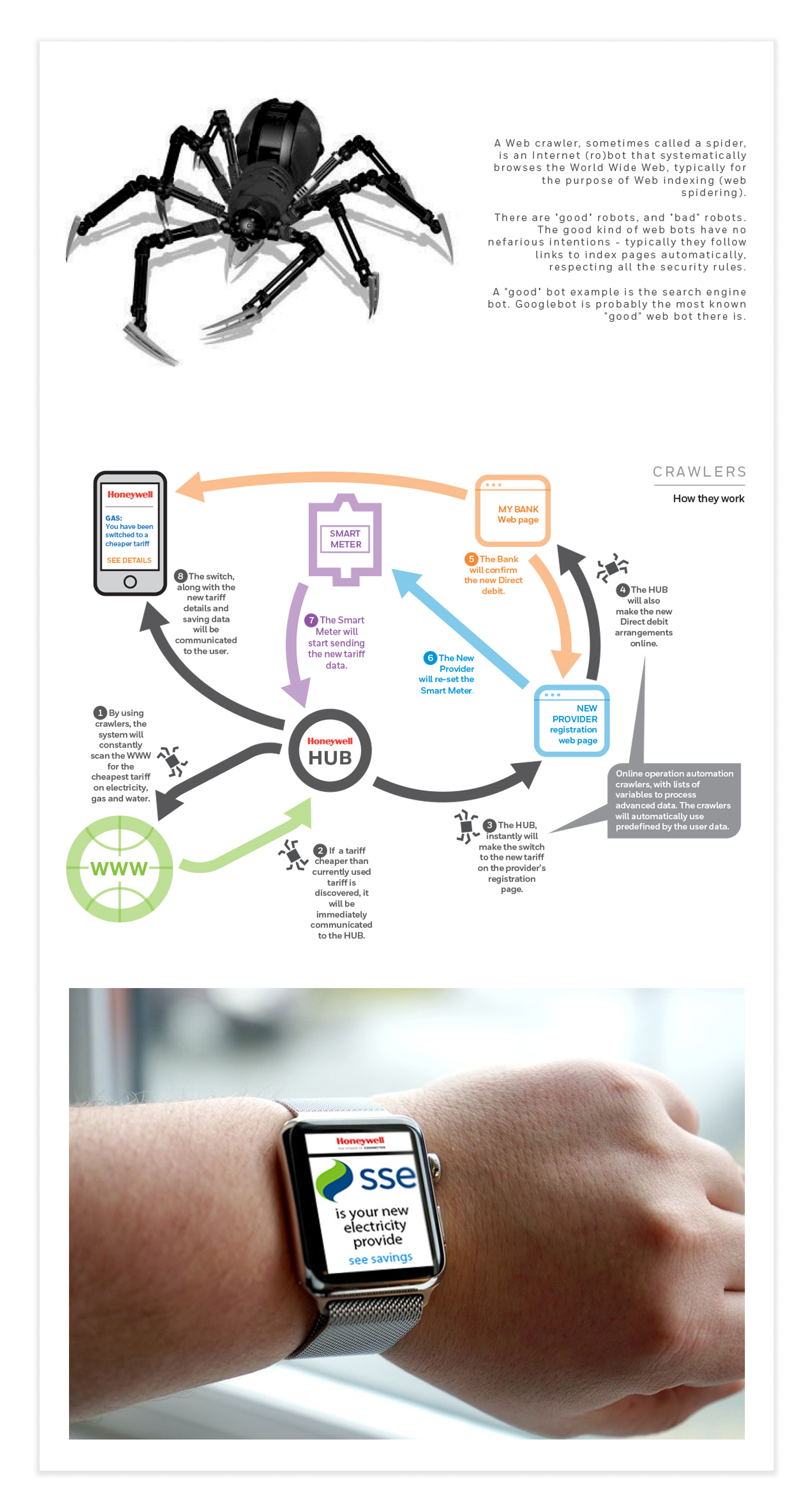The UX Strategy is distinct from a Product or Project strategy. It doesn’t follow a rigid plan with checkboxes or strict deadlines. Instead, it emerges from a foundation of thorough User Research. Its purpose is to inspire and guide the entire team toward creating exceptional User Experiences.
When building the UX Strategy document, aim for a concise content—four essential steps on no more than two or three pages. Trim unnecessary details and focus on the essence.
⦿ VISION Start by describing the purpose of the project/product. Infuse your vision with inspiration. Paint a picture of the future state—what impact will your project have? How will it transform the lives of users? What will be the long-term goal? Capture hearts and minds with your words and images.
⦿ CONTEXT The second step involves showing the circumstances of use. Briefly describe the demographics, context, time, touch points, and both the pain points and aspirations.
⦿ PRINCIPALS The third step should meticulously outline several essential design criteria derived from the research. Avoid generic statements like ‘the product should be easy to use'. Instead, provide one or two precise details on how it will be easy to use. Offer specific artistic and UX directions to guide the design.
⦿ METRICS In the final step, enumerate and describe the appropriate for the project success metrics. Focus on a small set of core metrics, then be (again) as specific as possible.
The UX Strategy has four key principles: it should be always Research-based, Concise, Precise and Flexible.
The UX Strategy document is fluid, not fixed. I also like making Strategy posters and placing them where my team can see them as reference or change them if necessary. As it is rooted in research, the Strategy should adapt to new insights gained from continuous discoveries. It must be succinct for easy comprehension and precise, clearly outlining all recommended guidelines, principles, and metrics.
See below samples of some of our UX Strategy documents and posters.
Posters are the best way to communicate UX Strategy in one take. I keep them on the wall in high-visibility areas of the design studio.
It is paramount for each strategic document to remain flexible and adjustable to new conditions, discoveries and audiences.


See more

